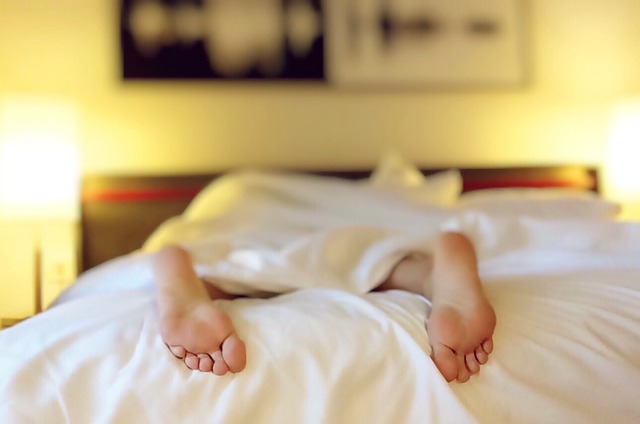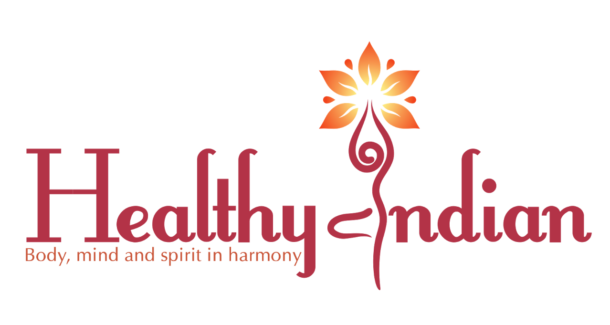Sleep has to be at the top of your health priority list if you want to reach your physical, metabolic, and emotional health goals.
I personally am a different person when I get the sleep I need. I’m a better father, husband, doctor, writer and lecturer. I’m more creative, more efficient and far more productive despite trading in an extra hour or two of work for sleep.
In terms of health goals, losing those last few inches or pounds of body fat, dropping your blood glucose levels despite sufficient diet and exercise, reducing your blood pressure, and improving your mood and in many cases reversing depression may be dependent on you getting more sleep and better sleep.
Sleep is a vast topic, but for today’s post I just want to focus on one aspect of our modern lives that is a serious sleep disrupter, and that is light.
If you have insulin resistance (pre-diabetes, diabetes, etc.) and a disrupted sleep cycle, those together can significantly raise heart disease and cancer risk.
Effects of Blue Light on Melatonin
What happens if you wake up indoors, sit in your car, and go straight to the office with little to no sunlight exposure, and then return home at night where you spend most of your evening on artificially lit screens?
You are essentially reversing the natural rhythms of your body, which in turn, completely disrupts the normal hormonal patterns essential for growth, metabolism, and optimal overall health.
The most compelling recent studies on sleep are the ones that show what a powerful impact even small amounts of blue light emitted from screens can have on sleep. Blue light is emitted from most common household devices like TVs, computers, laptops, smart phones, tablets, fluorescent and LED lighting.
Compared to other colors on the spectrum, blue light is short wave-length and high energy, so it is a potent suppressor of sleep-inducing melatonin.
As a result, studies show blue light exposure prior to bedtime increases the time it takes to fall asleep due to heightened alertness. Blue light exposure also impairs sleep quality by reducing REM sleep (aka dream sleep) and deep phase sleep, which in turn make it more difficult to wake up.
Even if your sleep duration is adequate, the quality and depth of sleep may be suffering from the effects of blue light exposure. This explains why you might feel like a zombie despite sleeping through the night.
How to Fix Your Light Issues
To get your circadian rhythm and sleep back on track, you have two essential goals: 1. Get enough natural sunlight during the day and 2. Limit blue light exposure after sunset. Let’s look at both in a little more detail.
1. Get Enough Natural Sunlight During the Day
Sunlight is your most natural, powerful source of light that can quickly improve your sleep rhythms. It’s best to get a double dose of sunlight, first upon waking in the morning. This may mean having breakfast outdoors on the patio or doing morning exercise or a morning walk. Aim for 30 minutes.
Another key time to get sunlight is around solar noon, which is when the sun is at its highest point in the sky, depending on your location and the time of year. Use this link to enter your location and determine solar noon where you live. You don’t have to be exact, but getting at least 30 minutes of sunlight exposure around solar noon can help train and normalize your biological clock. Again, eating lunch outdoors or walking/exercising during this time would be ideal.
Even if you’re overloaded with work, can you sit outdoors with your phone and/or your laptop, or take a phone call or schedule a walking meeting while catching some sun?
If you live during a season or in a part of the world where natural sunlight is scarce, consider investing in a bright lamp that delivers 10,000 lux units of bright light. I own this one and use it intermittently in the winter, but there are several brands available. Getting adequate light exposure at the right dose and right time can help improve mood and energy levels and can also help you make a quick recovery from jet lag. Read this article for 10 tips on using light therapy.
2. Limit Blue Light Exposure After Sunset
The sooner you can shut off screens after sunset the better. I know this is tough, but if you can even set a screen curfew for 8:30 or 9:00 pm latest, that would really help. Remember, this not just about sleep, but about restoring normal hormonal balance and preventing disease.
Screens have a double negative effect on two of the major hormones that influence sleep. They block melatonin, which also increases the release of cortisol, and they independently increase cortisol since screens are naturally stimulating, which in turn lowers melatonin.
What if you absolutely must get work done? There are a few things I recommend:
1. Filter out blue light. Lots of options available such as:
- Download f.lux onto your computers and devices for free. This will naturally filter out the damaging blue rays from your screen as the sun begins to set with your screen taking on an increasingly amber hue.
- Download “Night Shift” onto your iPhone which is available with the iOS 9.3 update. Read about it here. A company like Apple would not be introducing a standard feature onto their phone unless there was hard evidence that it was causing damage to our health. This is basically f.lux integrated into your iOS devices.
- Wear orange goggles like these.
- There are now clear lenses available to block out blue light. Check out this site where some of my patients have purchased blue light-blocking, stylish clear eyeglasses for adults and kids.
2. Get enough sunshine during the day. If you know ahead of time that you will be staying up late to get work done, then be sure to get adequate sun exposure during the day which makes you more resistant to the effects of working at night.
3. Make night-time work as calming as possible. If I have to work at night, in addition to using blue light filtering, I also make my work environment very calming. I play relaxing music in the background, I keep background lights dim to dark, I sip on non-caffeinated herbal tea or some other hot beverage, and I am especially mindful of my breathing…taking slow deep breaths whenever possible.
4. Early morning work instead? Even if you have a deadline to catch, is it possible to work just a little later at night and get up early to finish your work rather than working until the wee hours? This would be better since your body expects to get light exposure when you wake up, so you can use your screen as a substitute. Better to get early morning screen light exposure rather than getting it late at night.
I use the same philosophy for entertainment. If you are dying to watch a recording of a sporting event, TV show, etc., it’s better you watch it early in the morning…perhaps while exercising instead of late at night.
5. Morning exercise helps your circadian rhythm. If you have sleep issues, morning exercise is generally preferred to maintain your sleep rhythm. Even if you don’t have time to hit the gym, try some form of exercise or activity. This could be yoga, body weight exercises or a 20-30 minute walk, ideally in sunlight.
Perhaps you can get to work a bit early and take a brisk walk around campus before you settle into your office? It’s not only an energizing way to start the work day, but can have great downstream benefits when you sleep that night.
6. Don’t forget about other sleep factors. Remember I mentioned at the beginning of the post how I’m only focusing on the effects of light on sleep. There are multiple other factors.
If you are physically inactive, experience chronic stress, sleep on an uncomfortable mattress in an overheated room (cooler is better), drink too much caffeine especially late in the day, etc., then simply downloading f.lux, night shift or wearing blue light-blocking glasses may do little or nothing to improve your sleep.
Sleep-disordered breathing is another major issue that influences sleep and I recently read this wonderful book which taught me a ton on this topic in addition to a comprehensive approach to sleep. If fatigue is a persistent issue, read my post here and download the free e-book.
Do you love our posts and recipes? We’d LOVE to see your creations so click a photo and tag us on Instagram with the hashtag #healthyindian3 and please give a star (★) rating below. Follow us on Facebook, Twitter, Pinterest, Instagram, YouTube & Tumblr for healthy, easy and delicious recipes and lifestyle tips.
*There could be affiliate links in this blog. As an Amazon Associate, we earn from qualifying purchases.
Author Bio:
Dr.Ronesh Sinha is author of the best-selling book, The South Asian Health Solution. His work with Asian Indians and diverse populations in Silicon Valley to reverse diabetes and chronic health conditions has been featured on the cover of Fortune Magazine and the LA Times. He blogs at culturalhealthsolutions.com where he offers cutting edge content and online wellness programs to help readers achieve their health goals. Read the whole article here.



Lot of good ingormation in your blog. My daughter in second year of college is sleep deprived. I will ask her to go through your blog and try these tips. Your food also is healthy and delicious. Thanks for posting heathy tips.
Hi Anjini – Most kids are terribly sleep-deprived nowadays. This adversely affects their health in the long term. I do hope your daughter will be able to incorporate some of the simple solutions in the blog.
Thanks for the wonderful endorsement about the blog and our recipes in particular. Please help spread the word with your friends and family. Also check out our social media pages – we post tidbits daily.
We all need to get on the health journey if we want to stay away from prescription medication and poor quality of life.